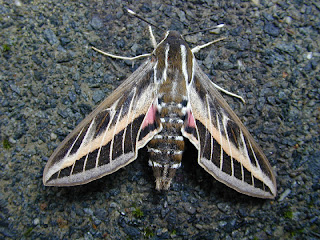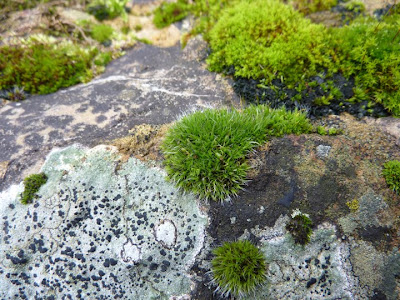Odds and sods
Pan-species listing has hit the nationals. Click here to read how the Sunday Telegraph embraces the latest in a long line of natural history eccentricities. Whilst on the subject, recent exposure in the media has meant that a few more listers have come forward and declared their lists. I'm starting to slip down the table I'm afraid. In reality, I might not even make a top 100 if everybody owned-up to what they had seen in the UK. For me to compete I do need to obtain more in the way of identification keys, particularly for invertebrates. A decent lichen guide wouldn't go amiss either. This all taxa interest has exposed one problem and that is of time. With a job and family, leisure time is quite scarce. I have always had other interests other than natural history and have wanted to persue them, but.... it means doing less birding, less botanising and that is something that I'm not prepared to do. So, learning to speak French, writing a novel, visiting art galleries, wa









